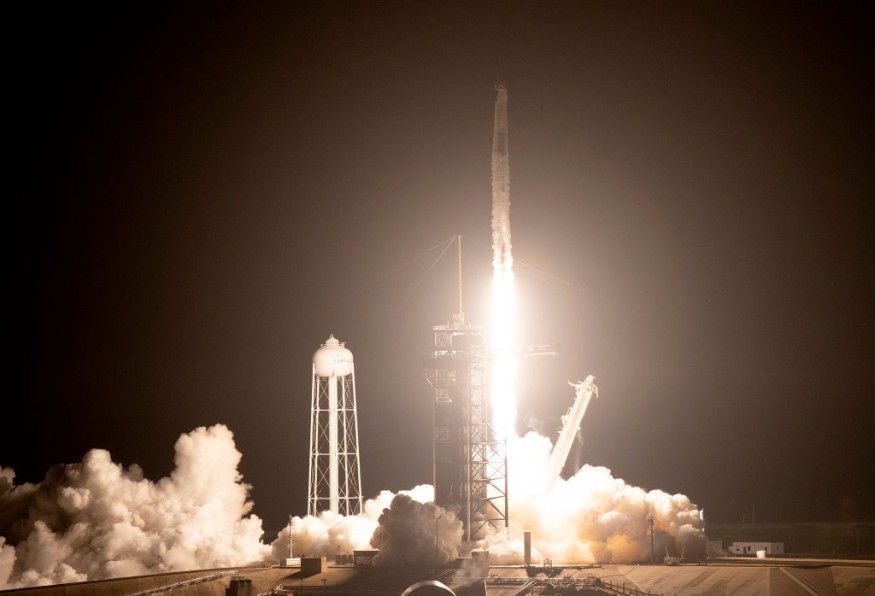
SpaceX's plans to build a new Starship launch pad at NASA's Kennedy Space Center in Cape Canaveral are going forward.
The Elon Musk-led business has asked NASA to perform environmental evaluations of its Launch Complex 49, a yet-to-be-built launch facility at the center's northern end.
In a Dec. 3 tweet, Musk disclosed plans to build an orbital launch pad for the enormous rocket but said that building had begun.
"The 175-acre site, located north of Launch Complex 39B within the center's security perimeter, would support the launch and landing of the company's Starship and Super Heavy launch vehicle," NASA shared in a press release released Wednesday evening.
"NASA and SpaceX are moving forward with the initial environmental analysis before concluding a potential agreement to develop the property," the space agency added.
Construction of Starship orbital launch pad at the Cape has begun
— Elon Musk (@elonmusk) December 3, 2021
NASA, SpaceX to Make Better Rocket Launch Site at Cape Canaveral
Teslarati said NASA designated the parcel of land LC-49 in 2017, and it is located approximately 1 mile (1.6 km) northwest of NASA's LC-39B Space Launch System (SLS) pad and 3 miles (5 km) northwest of LC-39A, that SpaceX has contracted since 2014 and launched from since 2017.
Unlike 39A, however, SpaceX faces a significant amount of work - as well as extensive environmental evaluations - to transform LC-49 into a launchpad fit of launching a rocket at least as twice as powerful as the Saturn V.
ALSO READ : SpaceX's Falcon 9 Rocket Launches for the 11th Time, Sending Over 50 Satellites to Space
As of today, "LC-49" is essentially just a dotted line on a map. The location comprises a variety of natural wetlands and is entirely undeveloped, located a few thousand feet south of the affectionately called Mosquito Lagoon Aquatic Preserve and Canaveral Seashore National Park.
While wetter, the area SpaceX plans to build is quite similar to the site where Starbase's Starship launch facilities are already located in Boca Chica, Texas. The location was vacant coastal mudflats before SpaceX's arrival.
SpaceX, NASA Partnership
SpaceX is currently collaborating with NASA on a new one, with a large portion of the focus on Starship operations for both.
The present launch pads must manage the greater thrust generated by larger rockets with larger engines. Dr. Don Platt is a professor of space systems at Florida Tech, close to the Kennedy Space Center.
"Of course to get anything to Mars you need a really big rocket," Platt told NBC affiliate news site WESH.
It also implies bigger loading towers on the pads and additional on-site capacity to fill the rockets' larger fuel tanks.
"When you have more thrust, you potentially have more damage to the launch pad but also more acoustics, sound that bounces off the ground that can actually damage the rocket. So larger water suppression systems are really used to get rid of that sound pressure," Platt added.
RELATED ARTICLE : Elon Musk Says SpaceX Will Have to Use Carbon Dioxide as Rocket Fuel
Check out more news and information on SpaceX in Science Times.










